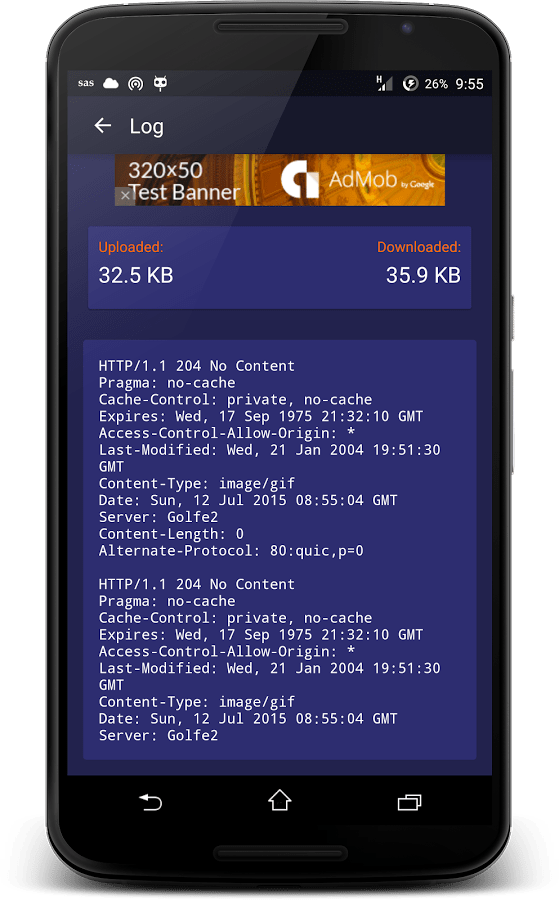

However, the content on the Colombian version of the service is different from that which is available in other countries. The data is required to be made available to the prosecutor or “any competent authority.” Internet Service Providers (ISPs) in Colombia are required to collect and store records containing the online location and subscriber information about their users for five years. While the use of BitTorrent isn’t explicitly banned in Colombia, there are harsh penalties for copyright violations in the country. However, there are concerns over online excessive surveillance, harsh penalties for copyright violations, online threats, and self-censorship. Colombian internet users can access and share online content freely, facing only minimal restrictions. Using Android Enterprise or Android Kiosk devices? If yes, then look at Wi-Fi settings for devices running Android Enterprise and dedicated devices.Freedom House has given Colombia an overall Freedom on the Net 2020 score of 66/100 (0 = least free, 100 = most free). Wi-Fi settings overview, including other platforms. The profile is created, but it's not doing anything. Be sure you choose the same protocol that's configured on your Wi-Fi network. Non-EAP method for authentication (inner identity): Choose how you authenticate the connection. During authentication, this anonymous identity is initially sent, and then followed by the real identification sent in a secure tunnel. This text can be any value, such as anonymous. Identity privacy (outer identity): Enter the text sent in the response to an EAP identity request. This certificate is the identity presented by the device to the server to authenticate the connection.
#SIMPLE SERVER ANDROID COLOMBIA PASSWORD#
Username and Password: Prompt the user for a user name and password to authenticate the connection. During authentication, this anonymous identity is initially sent, and then followed by the real identification sent in a secure tunnel.Ĭlient Authentication: Choose an Authentication method.


It authenticates the connection.Ĭlient Authentication - Client certificate for client authentication (Identity certificate): Choose the SCEP or PKCS client certificate profile that is also deployed to the device. This certificate is presented to the server when the client connects to the network. Server Trust - Root certificate for server validation: Choose an existing trusted root certificate profile. Choose Disable to show this network in the list of available networks on the device.ĮAP type: Choose the Extensible Authentication Protocol (EAP) type used to authenticate secured wireless connections. Hidden network: Choose Enable to hide this network from the list of available networks on the device. However, users only see the network name you configured when they choose the connection. SSID: Enter the service set identifier, which is the real name of the wireless network that devices connect to. Choose Disable to show this network in the list of available networks on the device. Hidden network: Choose Enable to hide this network from the list of available networks on the device.SSID: Enter the service set identifier, which is the real name of the wireless network that devices connect to.Before you beginĬreate an Android device administrator Wi-Fi device configuration profile. These Wi-Fi settings are separated in to two categories: Basic settings and Enterprise-level settings. Microsoft Intune offers many features, including authenticating to your network, adding a PKCS or SCEP certificate, and more. You can create a profile with specific WiFi settings, and then deploy this profile to your Android devices.


 0 kommentar(er)
0 kommentar(er)
